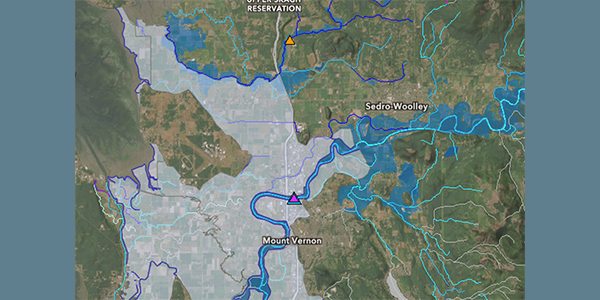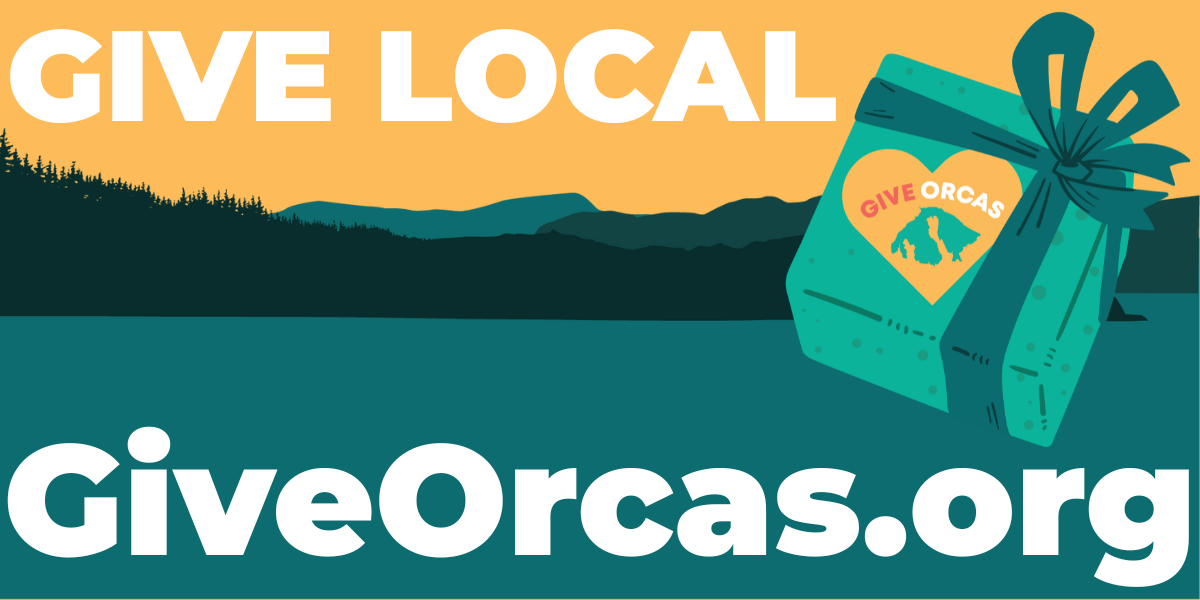Challenges brought by groups from opposite ends of land-use spectrum
From the San Juan County Prosecutor’s Office
For three weeks the attorneys at the prosecutor’s office have been writing, revising and honing the response to the challengers of the county’s critical areas ordinances adopted in December 2012.
The county’s response, at almost 100 pages with about 1000 citations covering about 100 issues, is the most complete statement of the controversy over the critical areas ordinances. “Our objective,” said Prosecuting Attorney Randall K. Gaylord, “is to show the Growth Board that we followed the law, considered the science, and applied the policies adopted by the county council.”
The critical areas ordinances concern wetlands, fish and wildlife habitat, frequently flood areas and steep slopes. The ordinances have exacting standards to protect these resources and assure that the species of concern are not lost due to development. The ordinance also reflects the county council’s choices to balance the regulatory system with a recognition that preexisting structures and uses should be allowed to continue.
The challengers have presented issues from opposite ends of the land use spectrum. Friends of the San Juans contend the critical area ordinances make too many exceptions and ask that the Growth Board use other scientific reports. Common Sense Alliance, P.J. Taggares, John Evans/San Juan Builders and William Wright also ask that the Growth Board follow the reports of other scientists and want a study of each property before it is designated a critical area. A request by Citizens Alliance for Property Rights (CAPR) to join the case was denied by the Growth Board.
Gaylord said the challengers offer what each of them considers a better approach. “But that’s not the legal standard,” said Gaylord. The county’s response shows how the county council used and considered the “best available science” and explained why the county council departed from the recommendations of the scientists.
“The county council was not required to use specific reports. It could use a range of reports considered best available science or provide a rational explanation when it departed from that range,” added Gaylord. Regarding designation of specific properties as critical areas, Gaylord added that the law permits the approach which evaluates the harm to the critical area at the time a development is proposed.
At a prehearing conference the Growth Board created seven categories of issues regarding four ordinances that address the critical areas – places like wetlands, frequently flooded areas, steep hillsides and habitat for fish and wildlife.
“The most important issues are the procedures used to designate critical areas, and the performance standards used to protect critical areas,” said Gaylord. Other topics to be considered by the Growth Board include consideration of property rights and public participation.
Gaylord complimented all of those who worked on the County’s response, and in particular Deputy Prosecutors Amy Vira and Jon Cain. Gaylord added, “We had 21 days to respond to over one hundred issues and 130 pages of briefing from the parties based upon a record established over five years that we estimated to be 35,000 pages long. Whether you agree with the position taken by the council or not, the people of this county should be proud of the way the county responded to public comment and to the challenges presented to the Growth Board.”
The challenge to the critical areas ordinances will be considered by the Growth Management Hearings Board at hearing June 24-26, 2013 in Friday Harbor. A decision is due the first week of September.
A copy of the County’s submission to the Growth Board is available on request. Please send an email to Elizabeth Halsey at elizabethh@sanjuanco.com or call 360.378.4101.
**If you are reading theOrcasonian for free, thank your fellow islanders. If you would like to support theOrcasonian CLICK HERE to set your modestly-priced, voluntary subscription. Otherwise, no worries; we’re happy to share with you.**







